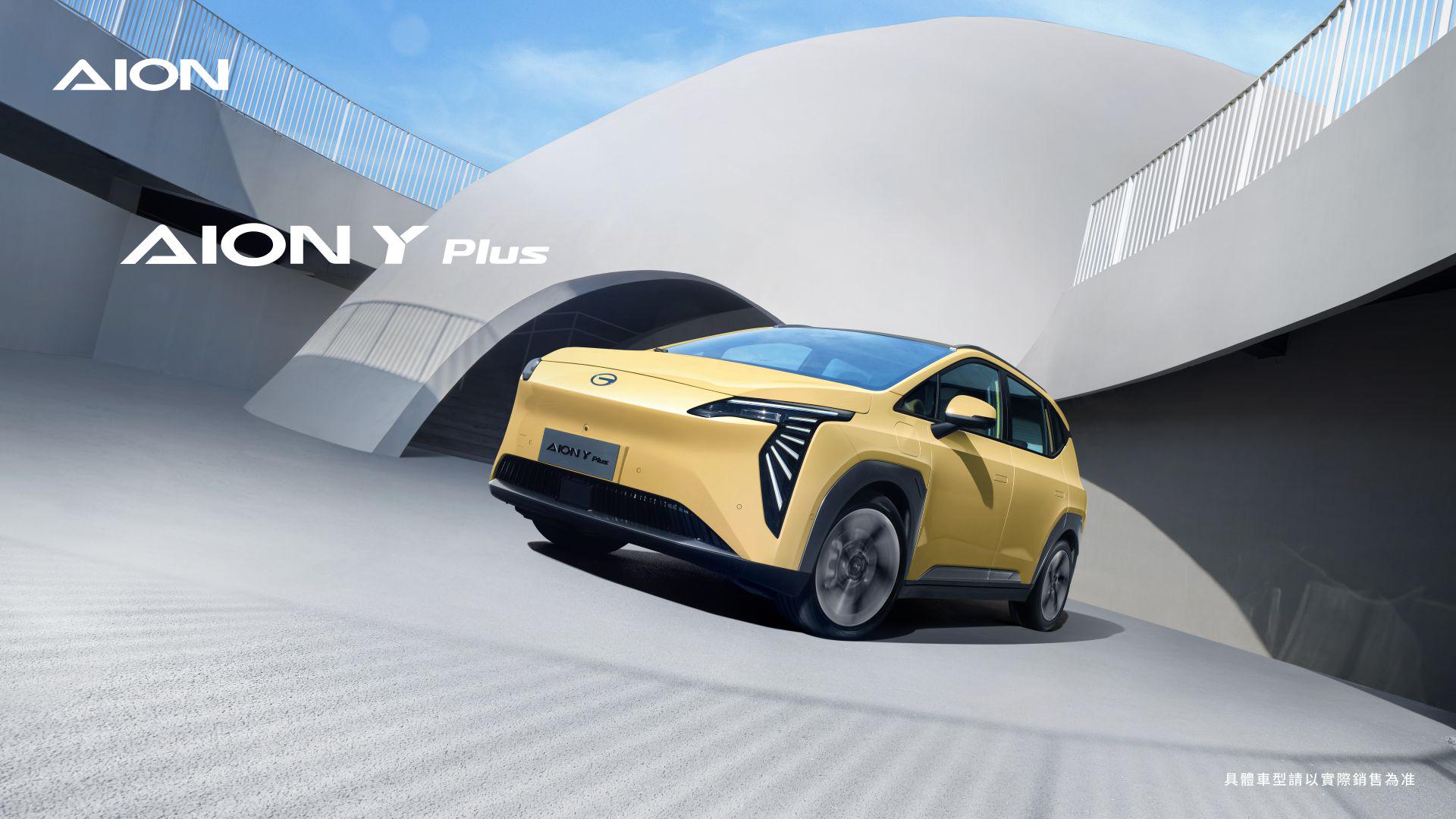Since the Northbound Travel for Hong Kong Vehicles scheme was officially launched in July 2023, an increasingly Hong Kong vehicle owners have chosen to drive to Mainland China. Whether for tourism, visiting relatives, or business trips, this policy allows Hong Kong private cars to enter Guangdong Province directly, eliminating the previous restrictions of applying for cumbersome quotas, which greatly facilitates cross-border travel for Guangdong and Hong Kong residents.
However, whether you are a self-driving enthusiast or frequently travel between the two places for work, the traffic rules and road conditions are different in Mainland China, and Hong Kong drivers may find the procedures and regulations unfamiliar.
Whether you choose a patrol car, a hybrid car or an electric car, this article will provide you with comprehensive guidance to make your "Northbound Travel for Hong Kong Vehicles" journey smoother and more secure!
|
Quick Takeaways: The application process for "Northbound Travel for Hong Kong Vehicles" is not difficult, but you must have all the necessary documents and complete the procedures early. Make sure you have your Hong Kong and Mainland China driving licences, compulsory insurance, and closed road permits, and choose the correct lane to avoid violations. The driving culture in Mainland China is different from that in Hong Kong. So, a prudent driving is the safest option. Drivers in Mainland China love to drive fast. So, pay attention to traffic signs and electronic surveillance. EV owners should also bring their own charging adapters to cope with different standards. The AION Y Plus is a cost-effective choice for Northbound Travel. With a range of 490 km, powerful acceleration, and flexible space, combined with GAC's one-stop certification service, it provides a seamless connection between the two places for a more convenient life. |
The Latest Policy on Northbound Travel for Hong Kong Vehicles
The "Northbound Travel for Hong Kong Vehicles" scheme has attracted more and more Hong Kong drivers to drive to Mainland China for leisure. However, many people get a headache when they hear about the lottery, vehicle inspection, and insurance. In fact, the whole process is not too complicated. As long as you understand each step clearly, you can easily complete the application and drive north with peace of mind.
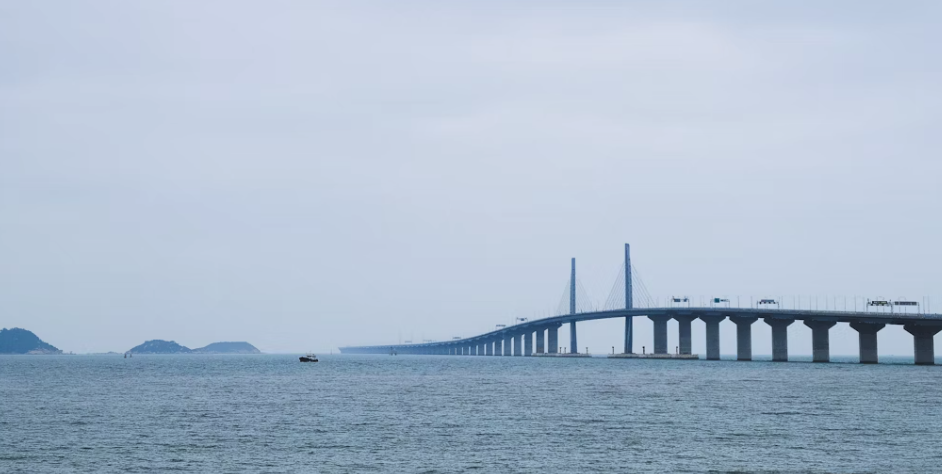
- Who is Eligible to Apply?
As of July 2025, Northbound Travel for Hong Kong Vehicles is currently only open to private cars driven by Hong Kong residents travelling to Guangdong via the Hong Kong-Zhuhai-Macao Bridge. Vehicles used for commercial purposes or those with cross-border quotas are not eligible. Applicants must:
- Hold a valid Hong Kong driving licence;
- Own a registered Hong Kong private vehicle (8 seats or fewer);
- Hold a valid Mainland China driving licence (i.e., have passed the Mainland China driving test or obtained a licence through the conversion process)
- Vehicles with a newer model year are more likely to pass inspection; those within the last 6 years are preferred.
If you already have a regular "Guangdong-Hong Kong Cross-boundary Vehicle" quota, you cannot apply for "Northbound Travel for Hong Kong Vehicles". These two cannot overlap.
- How Much Paperwork is Involved? How Much Does it Cost?
The application process involves several steps, including lottery registration, submission of documents, vehicle inspection, purchasing insurance, and obtaining the licence. The basic process is as follows:
- Online registration and lottery draw: You can only submit your application after being selected in the lottery.
- Vehicle inspection: If the vehicle is less than six years old, inspection is exempt, but you must install a port access card at a designated centre (approximately HK$400).
- Purchase insurance: You must purchase compulsory motor vehicle insurance for Mainland China or an equivalent Hong Kong insurance policy (commercial insurance is recommended for added peace of mind). The premium is approximately HK$1,000–1,200 per year.
- Apply for a permit: The Closed Road Permit is charged monthly (HK$45 per month) or annually (HK$540).
- Booking: After completing the above procedures and obtaining approval, you can collect the "Closed Road Access Permit." You may then book specific dates for northbound travel starting from the following month via online booking.
The entire process typically takes two to three weeks, with costs varying depending on insurance and vehicle inspection status. The overall expense is generally around HK$1,500–2,500.
For more details on Northbound Travel for Hong Kong Vehicles, please visit:
https://www.hzmbqfs.gov.hk/tc/about/
- Can I drive an electric vehicle across the bridge?
Of course!
Moreover, more and more drivers are choosing to purchase electric vehicles to drive to Mainland China. As long as your electric vehicle meets the vehicle certification specifications of both Hong Kong and Mainland China and you have completed all the application procedures (including compulsory insurance, closed road permit, etc.), electric vehicles can travel freely on the Hong Kong-Zhuhai-Macao Bridge just like traditional petrol vehicles.
It is worth mentioning that GAC has launched a number of pure electric car models designed for Hong Kong people. For example, the AION Y PLUS, AION V, are not only designed to suit the habits of Hong Kong users, but GAC Hong Kong also provides a "Hong Kong-Mainland China one-stop certification service" to help you complete the process of driving back to the Mainland, saving you a lot of time and hassle. For those considering upgrading their vehicle or planning their first trip to the mainland, this is a convenient and reliable option.
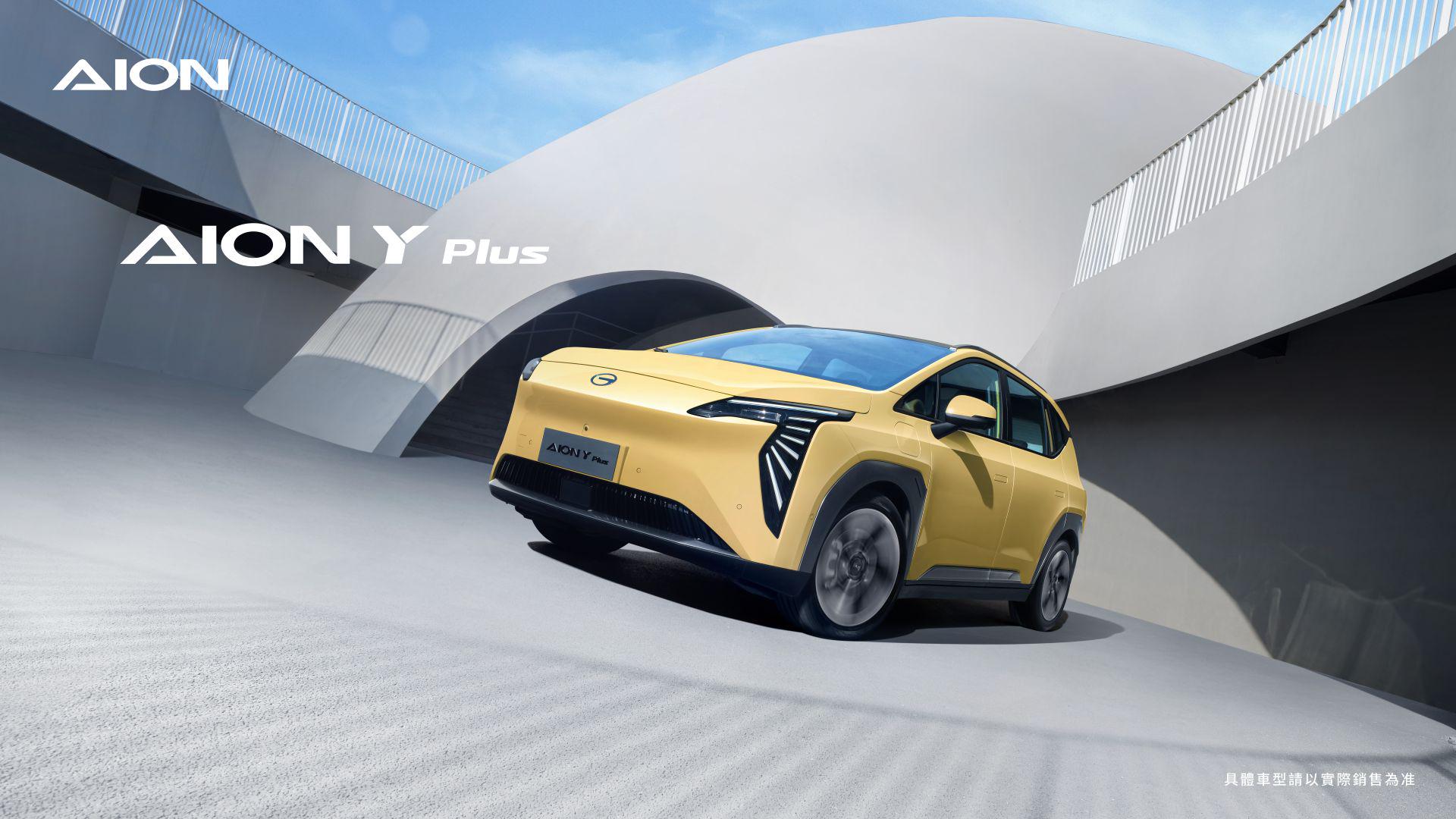
Three Tips to Ensure a Safer Journey
- Ensure All Documents Are in Order Before Hitting the Road
Before entering Mainland China, make sure you have all the necessary documents, otherwise you may be stopped and fined at any time:
- Hong Kong driving licence + Mainland China driving licence (bring both originals)
- Copy of Hong Kong vehicle registration documents
- Closed Road Access Permit
- Compulsory Traffic Insurance Policy / Equivalent Insurance Policy / Commercial Insurance Documents
- Identity Card / Home Return Permit
- Hong Kong-Zhuhai-Macao Bridge Port Access Card (with RFID installed)
It is recommended that you prepare a vehicle document folder, make copies of all documents, and keep them in the vehicle. This will facilitate handling in case of vehicle inspections, accidents, or entering parking lots.
- Driving Culture Differs, So Do Not Drive as You Would in Hong Kong
Although Mainland China also drives on the right (opposite to Hong Kong), the daily driving culture is quite different. Drivers travelling north for the first time should pay attention to the things below:
- Lane changes are not always signalled/yielding is not always observed: Mainland drivers change lanes quickly and may not always signal, sometimes cutting in directly. We recommend that you drive conservatively and keep a safe distance from the car in front of and behind you.
- Flashing Lights and Honking are Everyday Languages: Drivers in Mainland China often use flashing lights or honking to alert others, for example, to ask them to give way, to express gratitude, or to warn them of overtaking.
- Overtaking and Slow Lanes are Different: Some highways allow vehicles to overtake from the right side. Drivers should always be aware of vehicles approaching from both sides.
- There are Many Electronic Cameras: Mainland China roads are densely monitored, and many sections have speed limits, no parking zones, and lane change regulations. If you are caught by an electronic camera, such as in a speed limit zone (speeding will result in a fine), a no-parking zone (immediate ticketing), or an immediate violation detection, you will be fined.
- The Design of Toll Stations is Different from that in Hong Kong: Each section of the expressway has a "manual lane" and an "ETC lane". However, most Hong Kong drivers have not installed Mainland China ETC equipment (in-vehicle OBU), so:
- You cannot use the "ETC-only lanes," as this may cause rear-end collisions or result in fines.
- You should choose the "manual toll lane" or "manual + ETC mixed lane" and pay the toll in cash or with Mainland China electronic payment methods (such as Alipay and WeChat Pay).
- Some border crossings or cities have introduced special "Hong Kong/Macau vehicle lanes" or multi-language interfaces for vehicles, making entry and exit more convenient.
- Charging is also different; electric vehicle drivers should prepare accordingly.
If you are driving an electric vehicle northbound, remember: not everything is Plug & Play in Mainland China.
- Hong Kong trams generally use European Type 2 plugs, but Mainland China mainly uses GB/T standard plugs, which are not interchangeable. Therefore, you must bring your own converter; otherwise, you will not be able to charge your vehicle at charging stations.
- In addition, the density of charging facilities in Mainland China is quite high, especially in first- and second-tier cities and along expressways. According to Guangdong Province's 14th Five-Year Plan, by the end of 2025, Guangdong Province plans to have a total of 250,000 public charging stations.
Furthermore, many charging stations support ultra-fast charging at 120kW–250kW, far exceeding Hong Kong's average level, making it highly convenient for long-distance travel.
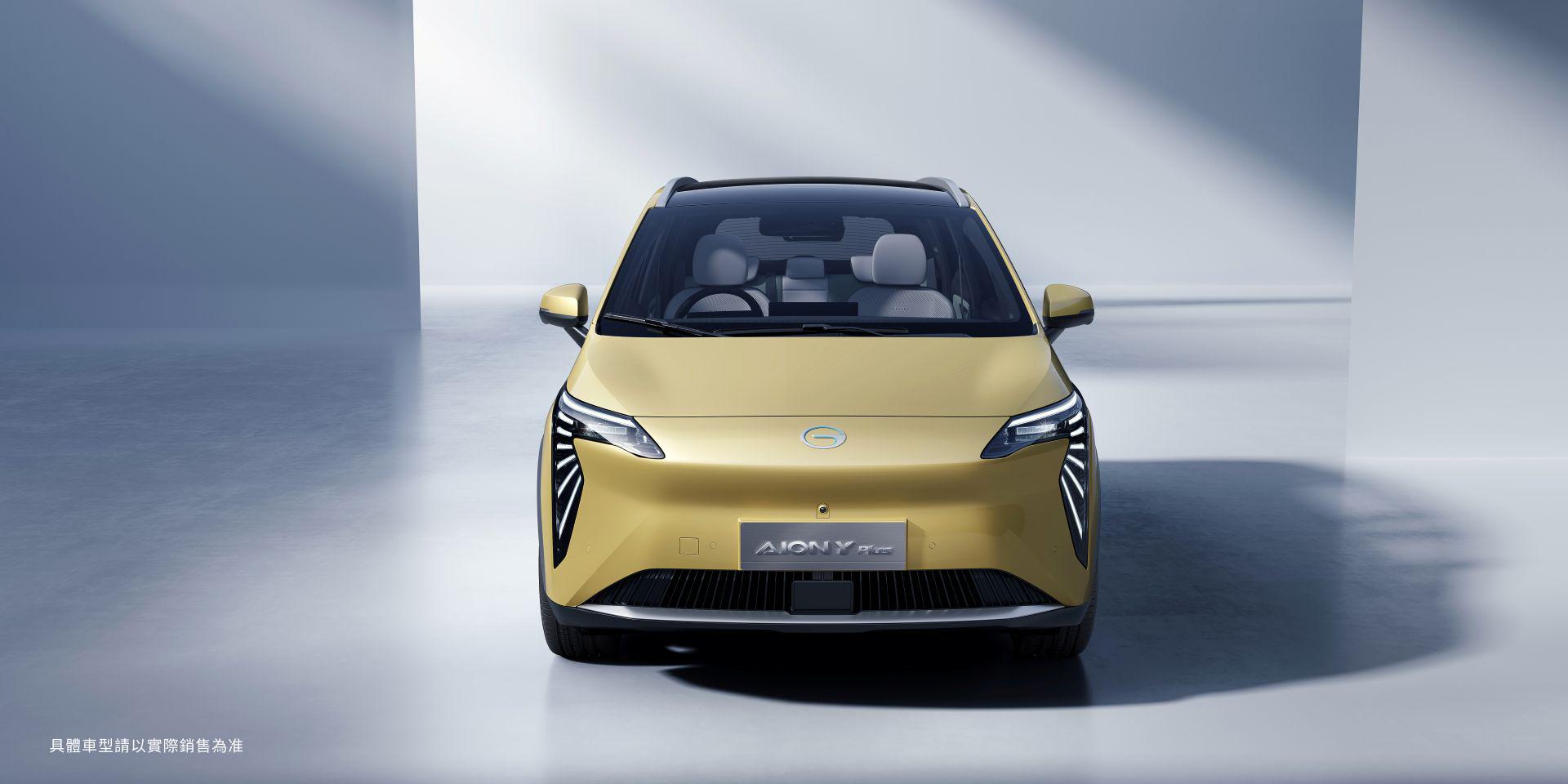
AION Y PLUS — The Top Choice for Families Moving North
When you start thinking about driving north, choosing a suitable and practical electric vehicle will definitely make the whole process smoother. A new energy vehicle with stable performance, high range and flexible space will not only reduce travel costs but also enjoy more convenience under the "Northbound Travel for Hong Kong Vehicles" policy.
The GAC AION Y PLUS , which has been very popular in recent years, is a cost-effective model that combines practicality, driving pleasure and Mainland China certification, making it well worth a look.
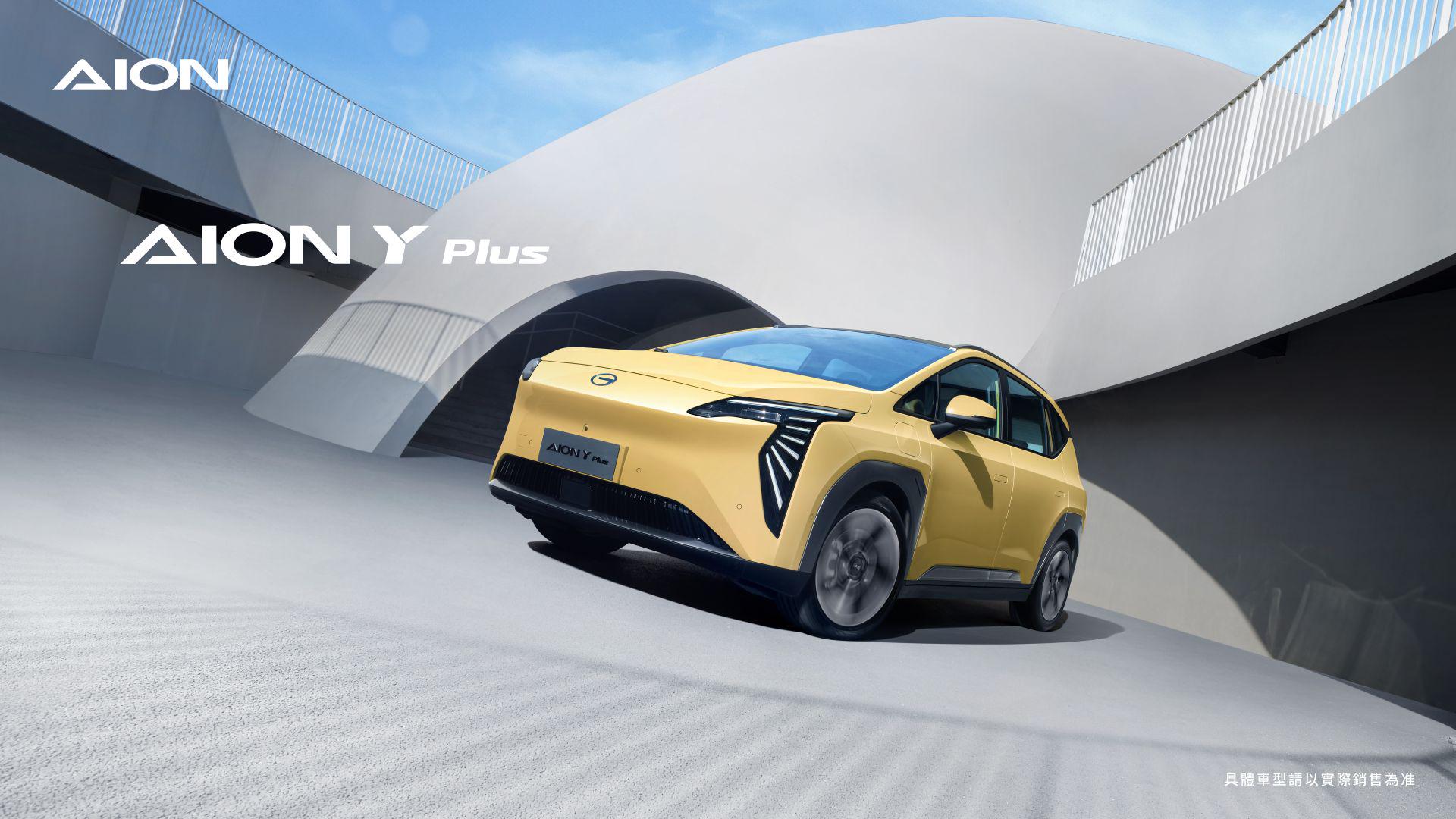
Highly Recognizable and Stylish Design
The AION Y PLUS continues the AION series' family-oriented closed front design, with a simple and technological front end that is instantly recognisable on the streets of Mainland China. The electronic hidden door handles make the body lines more streamlined, improving aerodynamic performance and helping to extend the range, while also giving the overall design a futuristic look.
Powerful Performance, Effortless Acceleration in Urban Areas
Although it is a pure electric car, the AION Y Plus has a maximum power of 150kW and a peak torque of 225N.m. Drivers can experience 0-50km/h acceleration in 4.1 seconds, which is close to that of a traditional 2.0T turbocharged petrol car! Whether starting in the city or changing lanes at high speeds, it has plenty of power. At the same time, the 63.2kWh battery pack is not only safe and stable but also provides a maximum range of approximately 490km. For daily commuting, or even weekend trips to Zhongshan for roast goose, Guangzhou for tea, or Shunde for double-skin milk, long-distance travel across cities is completely stress-free. With the extensive fast-charging network in Mainland China, range anxiety is basically non-existent.
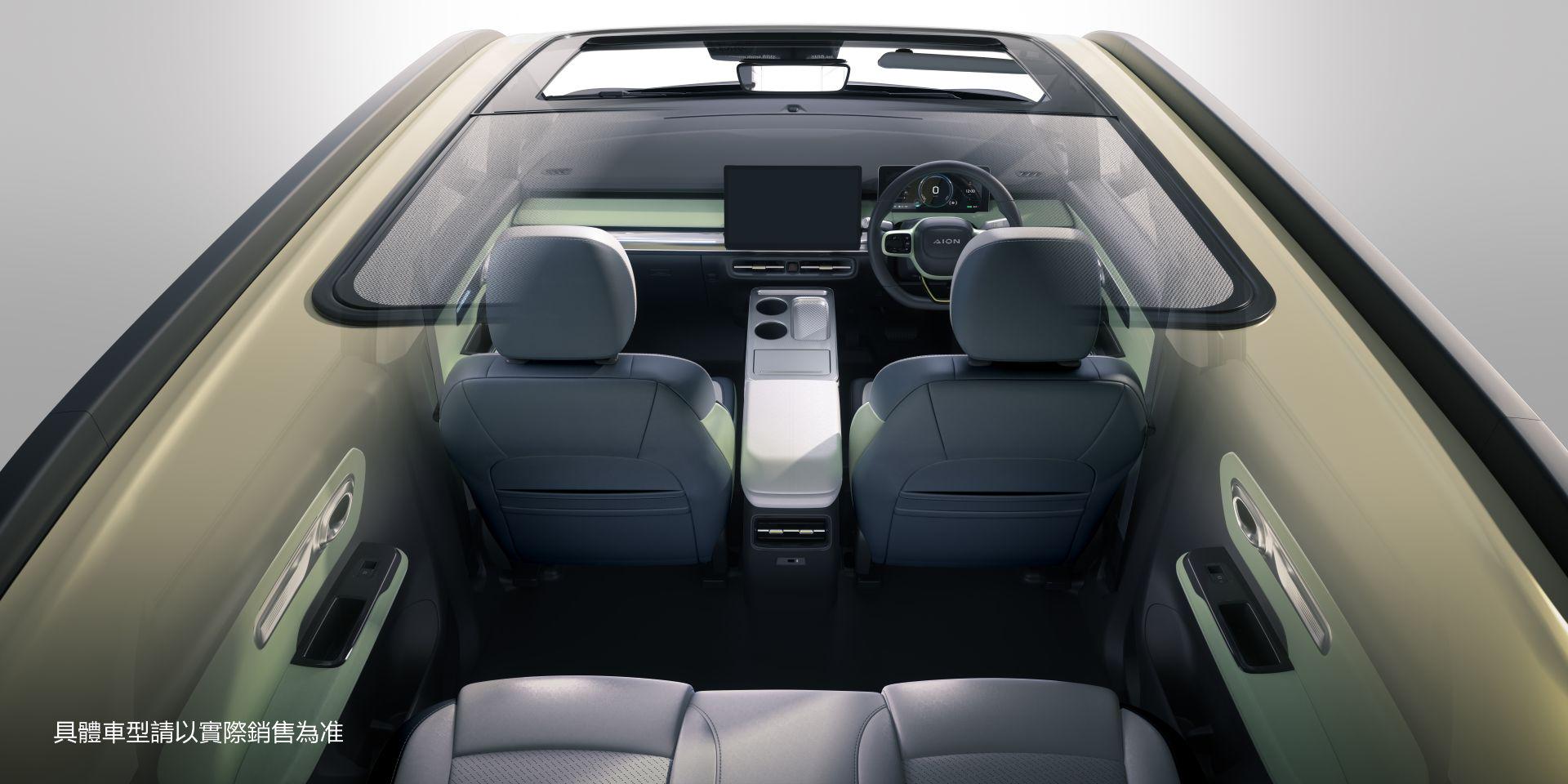
Minimalist Interior, Practical Space
The AION Y PLUS interior adopts a minimalist style characteristic of next-generation electric vehicles, with a streamlined control panel and a clean visual design. The electronic gear selector design creates a more spacious central console, making it convenient for storing items or placing bags in the front row, while also facilitating daily driving operations.
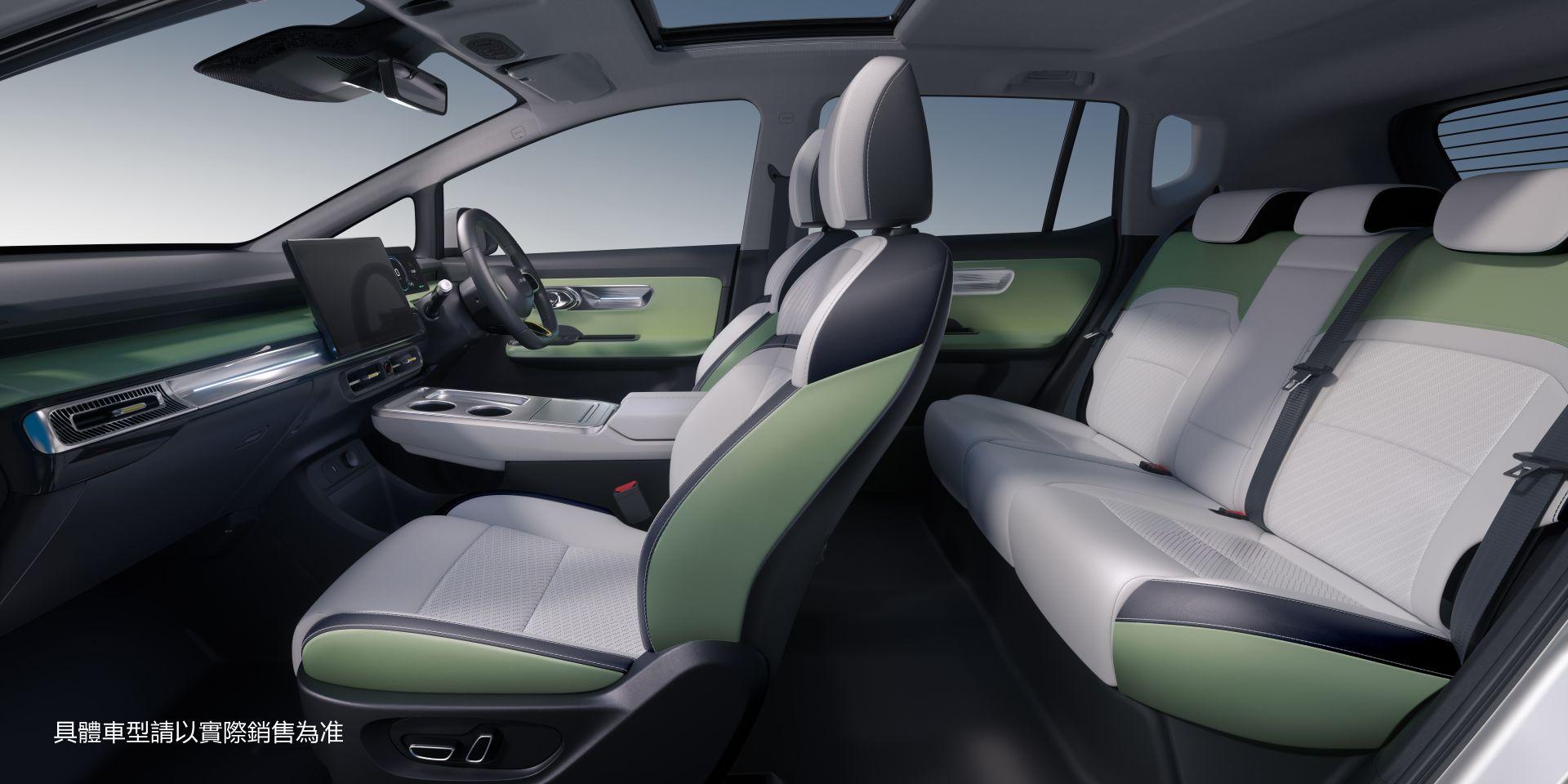
Flexible Seat Design + Multi-Scenario Experience
Many Hong Kong families prioritise cabin space utilisation when purchasing a vehicle, and the AION Y PLUS is specifically designed for multi-scenario use:
- The front headrests are removable, and the seats can be fully reclined, making it ideal for temporary naps, picnics, or even overnight camping.
- A large panoramic sunroof provides better natural light and a sense of openness, enhancing comfort during family trips to the north.
The rear cabin space is spacious enough to accommodate large suitcases, baby strollers, and folding chairs with ease.
Designed for Northbound Travel for Hong Kong Vehicles
At the 2025 Hong Kong Motor Show, GAC announced that it will launch a "Hong Kong-Mainland China Vehicle Certification" service. In response to the strong demand for Northbound Travel for Hong Kong Vehicles, GAC provides new car owners with a one-stop solution, so you don't have to go to different departments or deal with complicated procedures. Enjoy a seamless cross-border experience as soon as you buy your car! If you are interested, take a test drive and experience it for yourself!
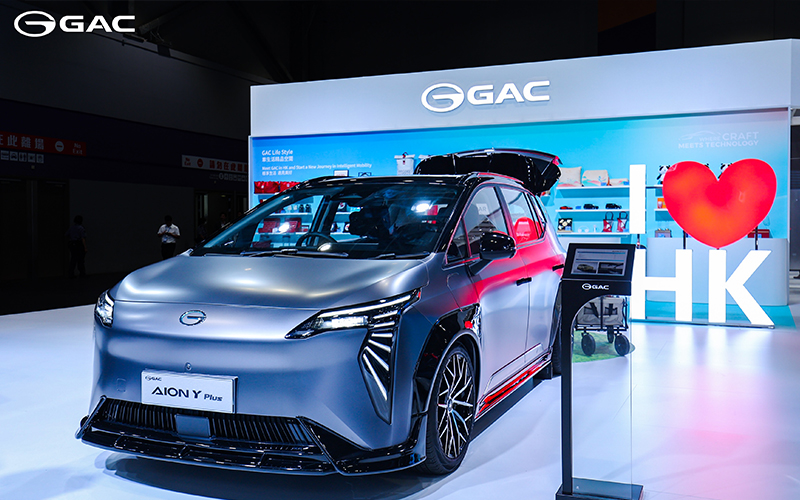
*Specific vehicle models are subject to actual sales availability.




